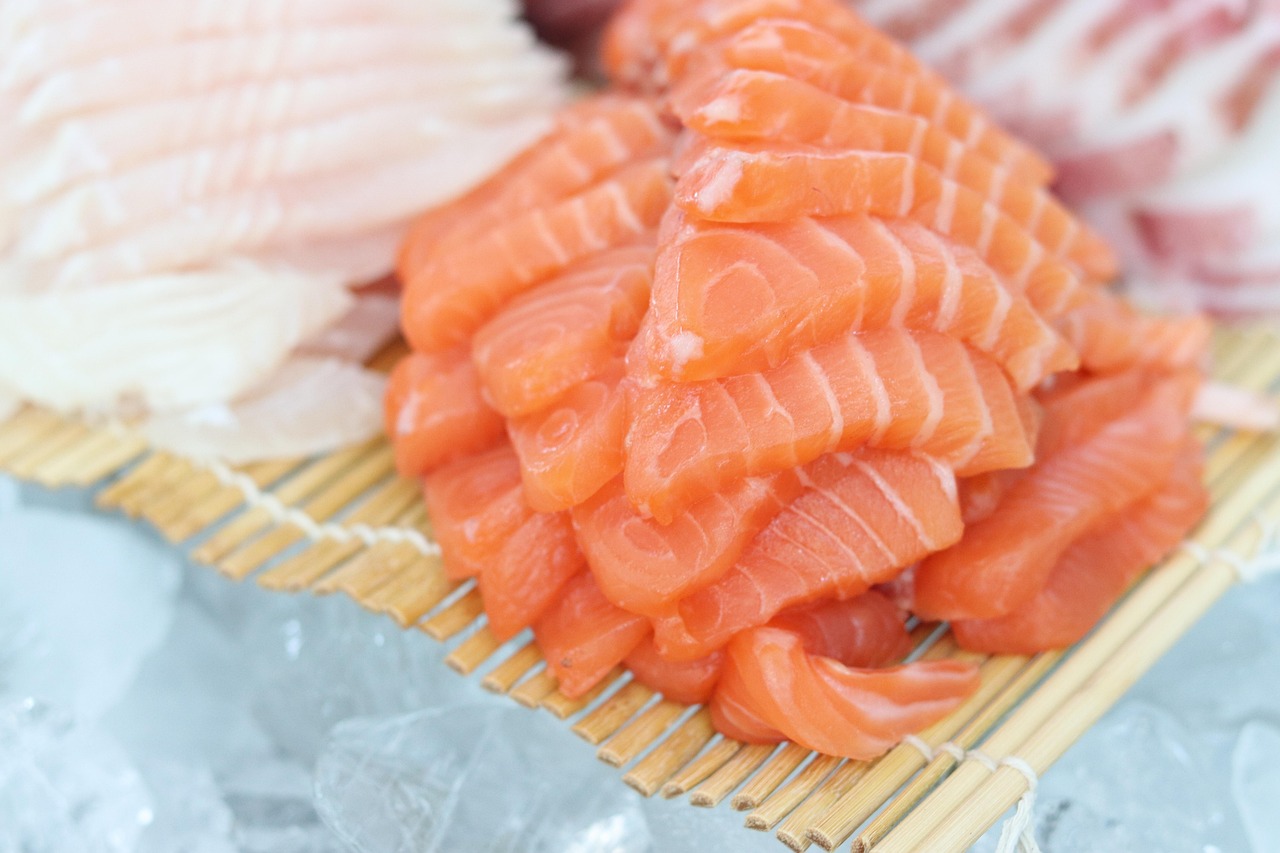Baking salmon is an art that combines simplicity with elegance, offering a delicious and nutritious meal that can be mastered by home cooks and seafood enthusiasts alike. Whether you are new to cooking fish or looking to refine your technique, understanding the basics of baking salmon can elevate your culinary repertoire. This guide provides a comprehensive overview of the process, from selecting the right type of salmon to exploring a variety of flavoring options and avoiding common pitfalls. With practical advice and clear instructions, you’ll soon be baking salmon with confidence and flair.
Choosing the Right Salmon
The quality of your baked salmon dish begins with selecting the right type of salmon. There are several varieties available, each with unique characteristics:
- Wild Salmon: Known for its robust flavor and firm texture, wild salmon is often considered superior in taste. It is typically caught in the Pacific Ocean and includes species such as Sockeye, Coho, and Chinook.
- Farmed Salmon: Generally more affordable and widely available, farmed salmon has a milder flavor and softer texture. It is often raised in controlled environments, providing a consistent supply year-round.
When choosing salmon, consider factors such as freshness, sustainability, and personal preference. Look for bright, firm flesh and a clean, fresh smell.
Essential Tools for Baking Salmon
Having the right tools can make the process of baking salmon more efficient and enjoyable. Here are some essential kitchen tools you’ll need:
- Baking Sheet: A sturdy baking sheet provides a flat surface for even cooking.
- Aluminum Foil: Foil can be used to wrap the salmon, helping to lock in moisture and flavor.
- Thermometer: An instant-read thermometer ensures the salmon is cooked to the perfect temperature.
Preparing Salmon for Baking
Proper preparation is key to achieving a perfectly baked salmon. Here are the steps to prepare your salmon before it goes into the oven:
- Thawing: If using frozen salmon, thaw it in the refrigerator overnight for best results.
- Cleaning: Rinse the salmon under cold water and pat dry with paper towels.
- Portioning: Cut the salmon into even fillets to ensure uniform cooking.
- Seasoning: Lightly season the salmon with salt and pepper to enhance its natural flavors.
Baking Salmon: Step-by-Step Guide
Follow these step-by-step instructions to bake salmon to perfection:
- Preheat the Oven: Set your oven to 375°F (190°C) for even cooking.
- Prepare the Baking Sheet: Line the baking sheet with foil or parchment paper for easy cleanup.
- Arrange the Salmon: Place the salmon fillets skin-side down on the prepared baking sheet.
- Flavoring: Add your choice of herbs, marinades, or spices (see below for options).
- Bake: Place the salmon in the oven and bake for 12-15 minutes, or until the internal temperature reaches 145°F (63°C). Use a thermometer to check.
- Rest: Allow the salmon to rest for a few minutes before serving to let the juices redistribute.
Flavoring Options for Baked Salmon
Enhance your baked salmon with a variety of flavoring options. Here are five popular choices:
- Lemon and Dill: A classic combination that adds brightness and freshness.
- Garlic and Herb Butter: Rich and aromatic, this option adds depth and creaminess.
- Maple Soy Glaze: A sweet and savory glaze that caramelizes beautifully.
- Spicy Cajun Rub: For those who enjoy a bit of heat and bold flavors.
- Pesto Crust: A basil-based pesto adds a burst of Mediterranean flavor.
Baking Salmon in Foil
Baking salmon in foil is a popular method that ensures moist and flavorful results. Here’s how to do it:
- Wrap the Salmon: Place the seasoned salmon on a sheet of foil, add any additional flavorings, and fold the foil over the fish to create a sealed packet.
- Bake: Place the foil packet on a baking sheet and bake at 375°F (190°C) for 15-20 minutes.
- Check for Doneness: Carefully open the foil and check the internal temperature to ensure it has reached 145°F (63°C).
This method is ideal for infusing the salmon with flavors and retaining moisture.
Common Mistakes to Avoid
Avoid these common mistakes to ensure your baked salmon turns out perfectly every time:
- Overcooking: Salmon can quickly become dry if overcooked. Use a thermometer to check for doneness.
- Not Seasoning Properly: Underseasoned salmon can taste bland. Be generous with herbs and spices.
- Skipping the Resting Time: Allowing the salmon to rest helps retain its juices and improve texture.
Serving Suggestions and Pairings
Baked salmon pairs well with a variety of sides and sauces. Consider these serving suggestions:
- Vegetable Medley: Roasted or steamed vegetables complement the richness of salmon.
- Rice or Quinoa: These grains provide a hearty base for the meal.
- Fresh Salad: A crisp, refreshing salad adds contrast and balance.
- Lemon Butter Sauce: A simple sauce that enhances the salmon’s natural flavors.
Storing Leftover Baked Salmon
Proper storage of leftover baked salmon ensures it remains safe and delicious for future meals. Follow these tips:
- Cooling: Allow the salmon to cool to room temperature before storing.
- Refrigeration: Store in an airtight container in the refrigerator for up to three days.
- Freezing: For longer storage, wrap the salmon tightly in plastic wrap and foil, then freeze for up to three months.
- Reheating: Reheat gently in the oven or microwave to avoid drying out.
By choosing the right salmon, using essential tools, and following a clear, step-by-step guide, you can create delicious baked salmon dishes with ease. Explore different flavoring options, avoid common mistakes, and pair your salmon with complementary sides for a complete and satisfying meal. With these tips, you’ll be well-equipped to bake salmon like a pro, delighting yourself and your guests with every bite.

